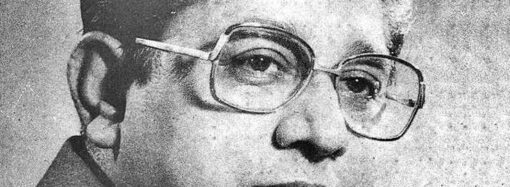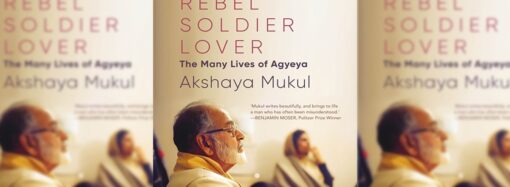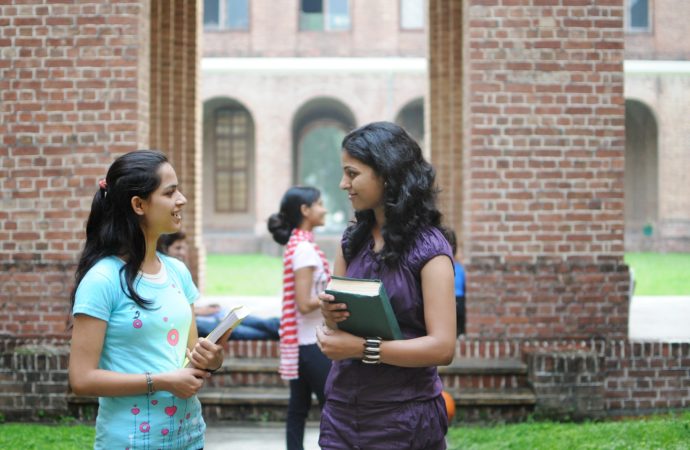A look at the male-female ratio at each level reveals that ratio of male students is higher at every level except in M.Phil, and post-graduate programmes.
A recently released All India Survey on Higher Education (AISHE) 2018-19 stated that just 11.4 per cent of colleges in India are meant exclusively for female students and the share of female students is lowest in the Institutions of National Importance followed by State Private Open Universities, Deemed Universities-Government followed by State Private Open Universities, Deemed Universities-Government, according to an All India Survey on Higher Education (AISHE) 2018-19. The survey further added that females constitute just 48.6 percent of the total enrolment. Higher education institutes are divided into three categories namely universities, colleges, and stand-alone institutes in the survey.
Almost 77.8 per cent of the colleges are privately managed, from which 64.3 per cent are privately unaided 13.5 per cent are privately aided and the remaining 22.2 per cent are government colleges. The survey further states that colleges that have enrolment less than 100 are 16.3 per cent, 48.1 per cent of the colleges have student strength between 100 to 500, and 64.4 per cent of colleges have enrolled less than 500 students. Colleges with more than 3000 students are only 4 per cent. “Out of the total enrolment of 3,73,99,388 students, a vast majority of 2,98,29,075 students are enrolled in under graduate which is a sweeping 79.8 per cent. On the other hand, second to under graduate, 10.8 per cent students are enrolled in post-graduation which is approximately 40.42 lakh students. There are 3,880 students enrolled in integrated Ph.D. in addition to 1,69,170 students enrolled at Ph.D. level”, says the report.
Number of Colleges
A total of 962 universities, 38,179 colleges and 9190 stand-alone institutions participated in the survey for the year 2018-19. The states that topped in terms of highest number of colleges according to the survey are Uttar Pradesh, Maharashtra, Karnataka, Rajasthan, Andhra Pradesh, Tamil Nadu and Gujarat and these states have more than 28 per lakh population. There are a total of 7078 colleges in Uttar Pradesh and 28 colleges are present in the state for each of set of one lakh individuals. Maharashtra occupies the second position with 4340 colleges per 33 lakh population. Karnataka comes at third place and has 3670 colleges. There are 53 colleges per lakh population in this state. Looking at the enrolments, colleges having enrolment less than 100 were 16.3 per cent and only 4 per cent of colleges have enrolment more than 3000.
Student Enrolment According to Programmes
The highest enrolment is registered at under-graduate level across India. Similar trend was observed in states and union territories. From the total enrolment of 3,73,99,388 students, a sweeping 79.8 per cent which includes 2,98,29,075 students were enrolled in undergraduate programmes. Post-graduate programmes stood at second place with an enrolment of 10.8 per cent students which is approximately 40.42 lakh students. Number of students enrolled in integrated PhD are 3,880 along with 1,69,170 students enrolled at PhD level. A small share of students of around 7.2 per cent are enrolled at diploma level in India which includes 26.99 lakh students. From this, majority of students are enrolled in nursing, teacher’s training, and technical streams.
Research in Institutes
Maximum number of students enrolled in PhD belong to science stream followed by engineering and technology. Out of all colleges, just 2.5 per cent colleges run PhD level programmes and 34.9 per cent colleges teach post-graduate level programmes. In total, science stream has 44702 students enrolled for PhD. It is further divided into 18 sub-streams. Highest number of students (8036) enrolled for PhD are in Chemistry which includes 4553 males and 3483 females. A total of 5954 students enrolled at PhD are for Physics with 3614 males and 2340 females. In mathematics, 4504 students are enrolled for PhD from which 2446 are male. In life sciences, 2487 are enrolled for Botany, 2379 are enrolled for Zoology, and 1952 students are enrolled in Bio-Sciences.
Gender Distribution
A look at the male-female ratio at each level reveals that ratio of male students is higher at every level except in M.Phil, post-graduate, and certificate programmes. At undergraduate level, enrolment of male students is 51 per cent while number of female students enrolled are 49 per cent. Ph.D. level has 56.18 percent male and 43.82 percent female. The report adds, “Uttar Pradesh, with its highest student enrolment in India, has 49.30% male and 50% female students. Maharashtra has the second highest student enrolment with approx. 54.95% male and approximately 45.05% females. Thereafter, Tamil Nadu has 50.87% male and 49.13% female, West Bengal with 50.37% male and 49.63% female students.”


















Leave a Comment
Your email address will not be published. Required fields are marked with *